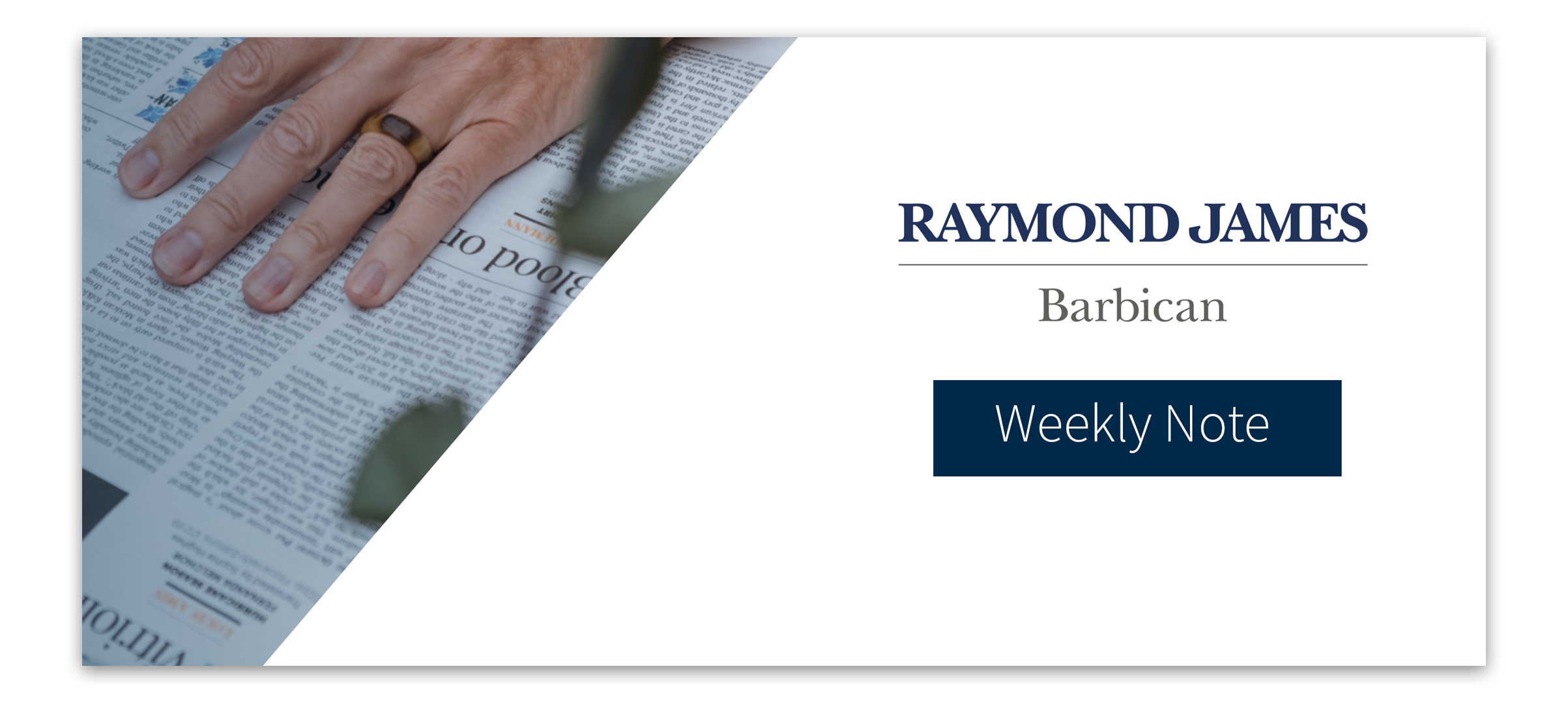Shortly after Liberation Day, equity markets bottomed on 8th April. Following on from Trump’s tariff reversal we have seen extreme retail buying, a decision that so far has paid off handsomely. US markets have surged, buoyed by President Trump’s global tour to secure new trade deals. The S&P has climbed back into positive territory for the year (in USD terms), and the tech-heavy Nasdaq index entered a bull market since the April low.
US inflation data has remained a key focus over the past couple of years, though more recently it has been overshadowed by ongoing tariff discussions. In the twelve months through April, US CPI came in at 2.3%, falling below market expectations of 2.4% and marking the lowest level in over four years. Shelter costs (rent) continued to be a leading contributor to inflation, rising 4% in April. In contrast, airline fares, which had surged through Q4 2024 into early 2025, extended their decline, falling 2.8% as US consumers pulled back on travel.
These inflation figures may give the US Fed confidence that inflation is under control, however, it is clear that the effect of tariffs are yet to be felt in pricing, and the Fed seems keen to wait for more data points before cutting rates further.
US retail sales for April, released on Thursday, slowed sharply to 0.1%, down from a revised 1.7% gain in the previous month. March’s spike in spending was largely attributed to front-running tariffs, as consumers rushed to make purchases ahead of Liberation Day. That effect has now faded, and we’re seeing the expected pullback in consumer activity. Sales at auto dealerships, which led the way in March with a 5.5% increase, dipped to just 0.1% in April. Meanwhile, sales of sporting goods, hobby, and musical instrument stores slumped by 2.5%.
US equity markets had a strong week, surging on news that the US and China had reached a trade agreement. China had been the only country excluded from the initial 90-day tariff pause announced by President Trump. Under the new deal, tariffs on Chinese imports will be reduced from a staggering 145% to 30% for the next three months. In return, China has agreed to scale back its countermeasures on US imports to 10% and restore access to rare minerals and magnets critical for GPU chip production.
US Treasury Secretary Scott Bessent, who was on hand in Geneva to sign the agreement, acknowledged that while the deal marks a significant step forward, it will take years to fully repair the US-China relationship. However, he noted that there is room for further negotiations.
Trump began a trade tour in the Middle East this week, securing major deals across defence, energy, and technology. In Saudi Arabia, he finalised defence and energy agreements, while in the United Arab Emirates, a joint US-UAE initiative was announced to build the largest AI data centre outside the United States. The most significant deal came in Qatar, where the US secured the sale of 210 Boeing jets valued at $96 billion.
As optimism around global trade improves and risk sentiment rises, safe-haven assets have taken a hit—gold prices fell 4% this week amid the wave of trade announcements.
There was positive news in the UK as Q1 data showed the economy growing at its fastest pace in a year, despite concerns that Labour’s tax policies and Trump’s tariffs might hamper growth. GDP rose by 0.7% between January and March, beating market expectations of 0.6%. Growth was recorded across several sectors, including retail, computer programming, car leasing, and advertising. It’s a welcome boost for Chancellor Rachel Reeves. Although business and consumer sentiment have declined in recent months, Reeves maintains that the Labour Party has made the right choices—highlighting four interest rate cuts, two trade deals, and a rise in the minimum wage since the election.
Markets have recovered in near record time, with retail investors almost trained to buy the dip. While tariff news has certainly improved, it still seems highly likely that a level of tariffs will remain in place, and this is likely to make trading conditions challenging. With risks and uncertainty still at elevated levels we think it makes sense to tread a careful path with asset allocation.
Nathan Amaning, Investment Analyst
Risk warning: With investing, your capital is at risk. The value of investments and the income from them can go down as well as up and you may not recover the amount of your initial investment. Certain investments carry a higher degree of risk than others and are, therefore, unsuitable for some investors.

